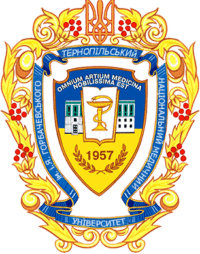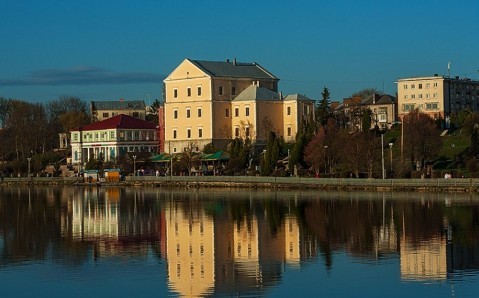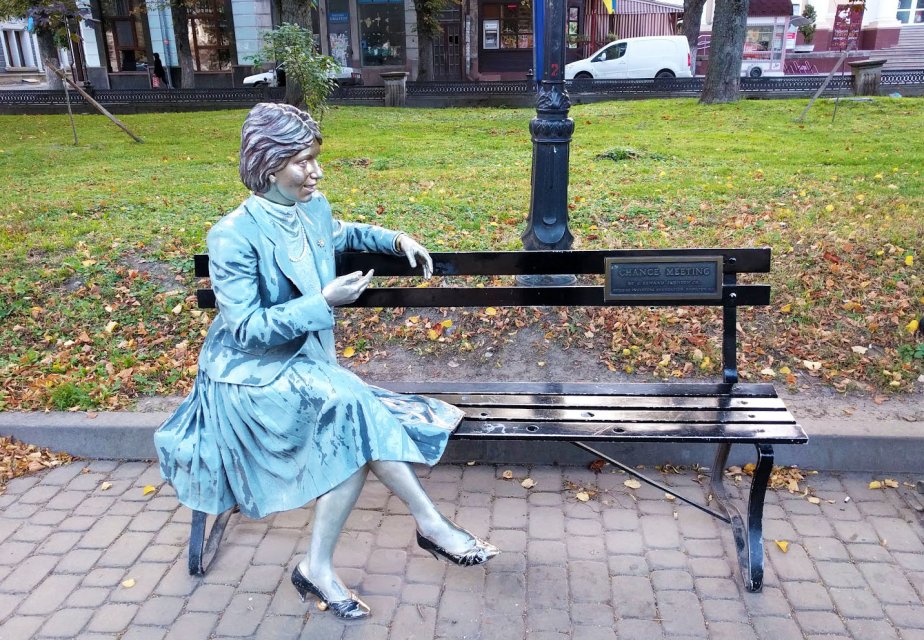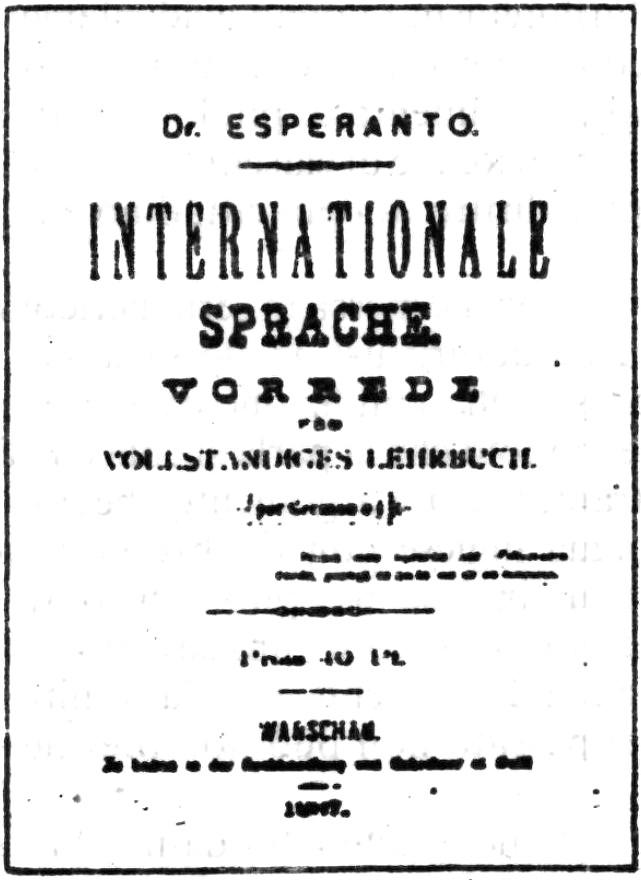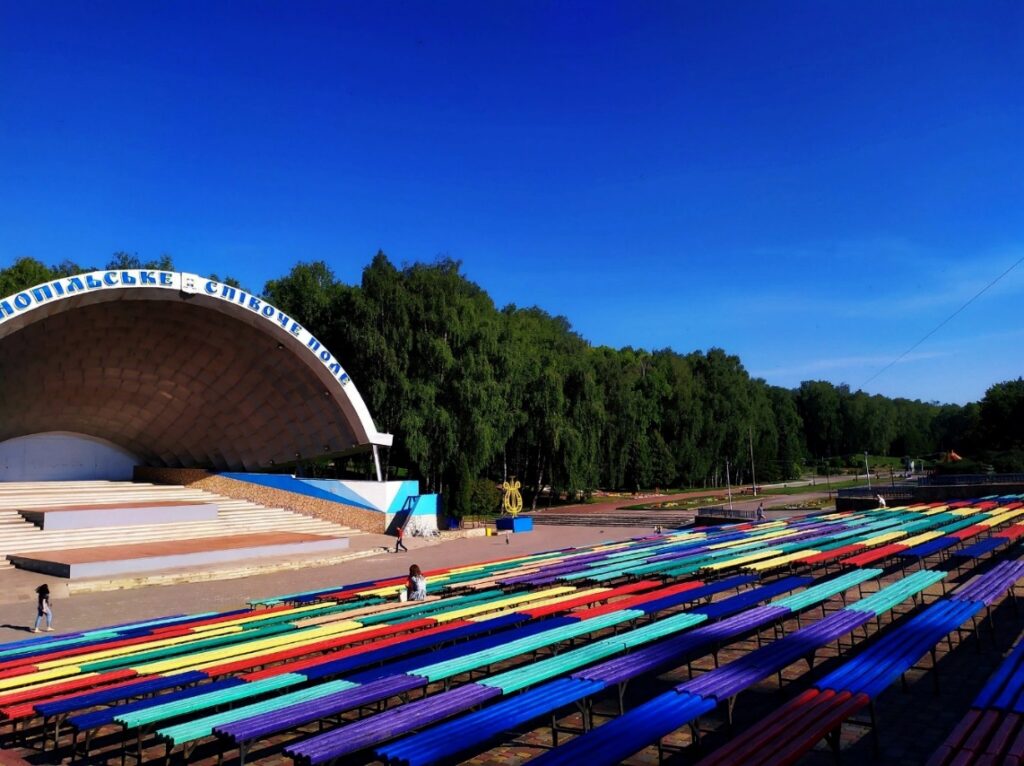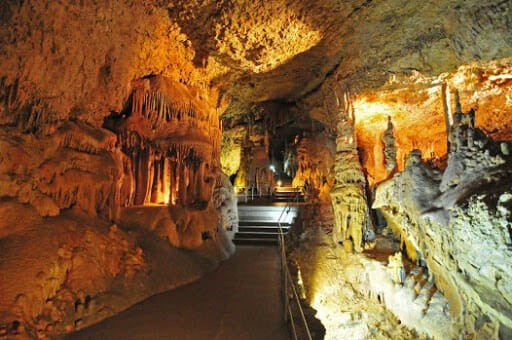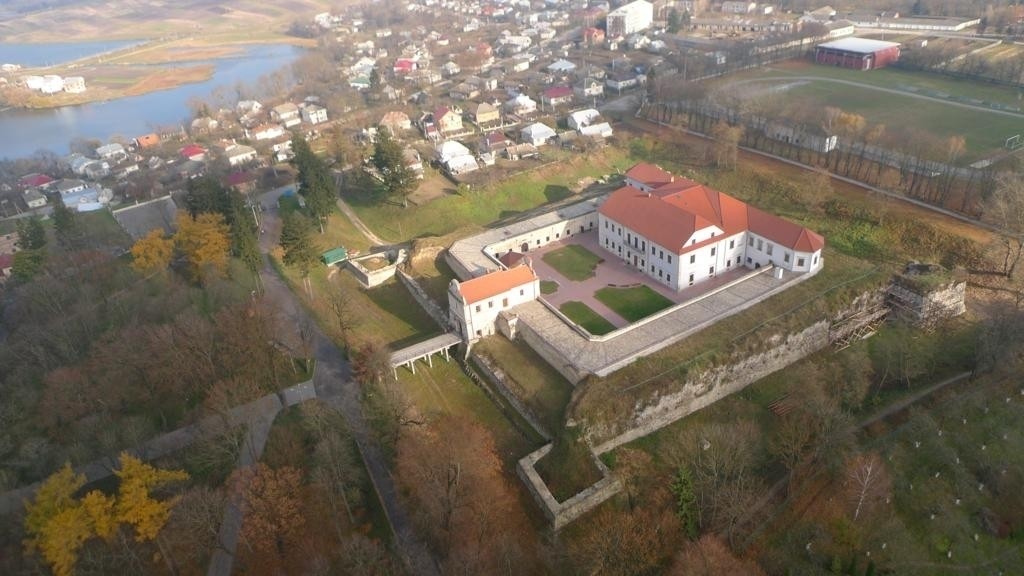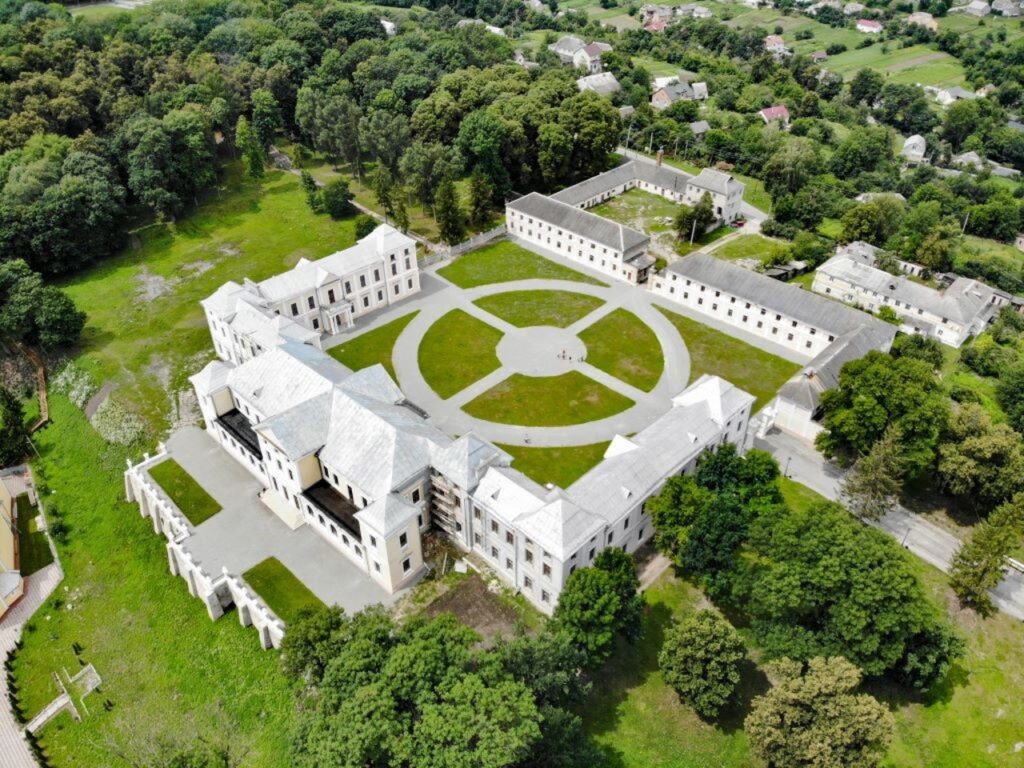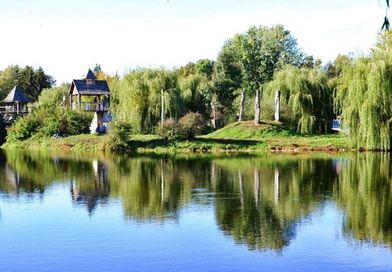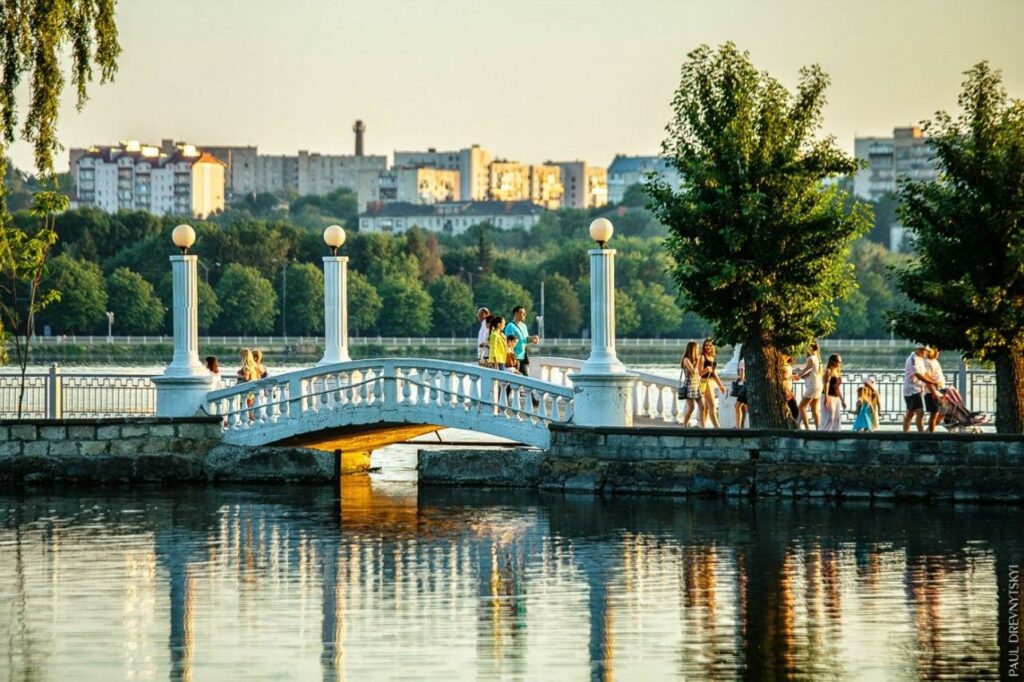Interesting facts about Ternopil
Ternopil lake. Ternopil is the only city in Ukraine and one of the few in the world with an artificial water reservoir right in the center of the city. The lake area is over 300 hectares.

Ternopil Castle was built in 1548 to protect it from the Crimean Tatar invaders. It was built together with the dam-bridge, which formed the Ternopil lake. On the other side, it was protected by the river Rudka. The castle was destroyed and rebuilt several times, and in 1675 even completely burned down. Now only the palace has been restored, where different cultural events are held periodically. But still, it remained one of the city’s symbols and is even depicted on the new coat of arms.
“Random meeting” statue is located in the center of Ternopil near the Theatrical square. It was a gift by American philanthropist and true admirer of Ternopil and its inhabitants. It became a tradition to make photos with this metal female sitting in a city park for all tourists visiting Ternopil. This work of art was designed and built by American sculptor John Stuart Johnson.
The Cathedral of the Immaculate Conception of the Mother of God is the first church in the western region where services were held in English.
One of the interesting details is that the first Esperanto textbook in Ukraine was published in Ternopil.
It was in Ternopil that the first “Singing Field” in Ukraine appeared, which is a large open-air performance stage with plentiful of seats available, no matter rain or shine.
Nearby Ternopil city there is the Optimistic Cave that is the longest cave on the mainland.
About a hundred castles have survived in Ukraine, and 34 of them are in the Ternopil region.
Once the French writer Honore de Balzac stayed in Ternopil as well.
In those years, Honoré was the most popular fiction writer in Europe. At the end of September 1848, Balzac stayed in Vyshnivets in the princely palace. He expressed his impressions of Vyshnivets in his letters, calling, in particular, the palace and park on the banks of the Horyn River the Volyn Versailles.
Shmuel Yosef Agnon, a native of Buchach, Ternopil Oblast, received the Nobel Prize in Literature in 1966 “for the deeply original art of storytelling, inspired by Jewish folk motifs.”
Ternopil is considered one of the greenest cities in Western Ukraine. Here, on an area of almost 60 square kilometers, there are four parks of culture and recreation, as well as landscape and memorial parks.
Ternopil is increasingly being called the student capital of Ukraine – and not for nothing: our city has more than 20 educational institutions of various accreditation levels, and the phrase “student capital of Ukraine” has already become a household name for the city.
© · INTERNATIONAL STUDENTS FACULTY
